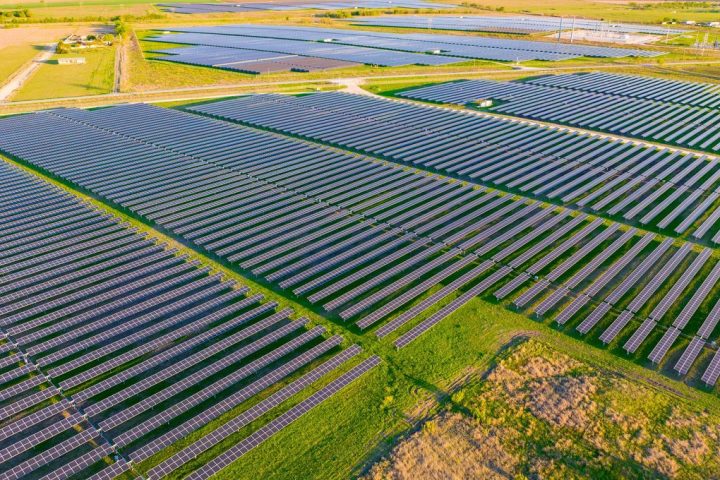![]() Ever wondered why small vehicles use gasoline and big vehicles use diesel fuel? Let’s dive into the fascinating world of automotive engineering to find out! – Methdini, age 15, Sri Lanka
Ever wondered why small vehicles use gasoline and big vehicles use diesel fuel? Let’s dive into the fascinating world of automotive engineering to find out! – Methdini, age 15, Sri Lanka
Gasoline powers most everyday vehicles like cars and trucks, while diesel is the go-to for heavy-duty machines such as buses and tractor-trailers.
Both fuels have their unique strengths, tailored for specific purposes. As my automotive engineering students discover, this distinction is crucial.
They both operate on the principle of internal combustion, but here’s where they differ…
-
Gas and diesel engines start by mixing fuel with air to create the necessary combustion environment.
-
Then comes compression, heating up the mixture to ignite it.
-
The burning fuel-air mix generates pressure, propelling the vehicle forward.
-
Finally, the exhaust gases are expelled through the tailpipe, containing pollutants that impact our environment and health.
The Power of Diversity in Engines
Gasoline and diesel, both derived from crude oil, require engines with distinct characteristics.
Gas engines rely on a spark plug to ignite the fuel-air mix, while diesel engines achieve ignition through compression, offering superior efficiency and mileage.
Although diesel engines are pricier due to their robust design, they outlast gasoline engines, making them ideal for long-haul transportation.
So, why do cars stick to gasoline? Noise levels and pollution play a role, with diesel engines being noisier and emitting more harmful particles.
Consumers prefer the quieter, cheaper gas engines for personal vehicles, while diesel engines shine in commercial settings.
Embracing the Future of Transportation
The future of transportation is evolving beyond gas and diesel. Hybrid and electric vehicles are gaining traction, offering cleaner, quieter, and more sustainable alternatives.
With reduced emissions and lower maintenance costs, these innovative vehicles are reshaping the industry.
Hello, curious kids! Do you have a question you’d like an expert to answer? Ask an adult to send your question to CuriousKidsUS@theconversation.com. Please tell us your name, age and the city where you live.
And since curiosity has no age limit – adults, let us know what you’re wondering, too. We won’t be able to answer every question, but we will do our best. ![]()
Michael Leamy, Woodruff Endowed Professor of Mechanical Engineering, Georgia Institute of Technology
This article is republished from The Conversation under a Creative Commons license. Read the original article.








